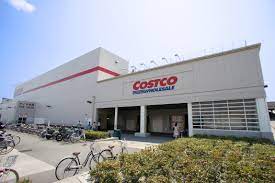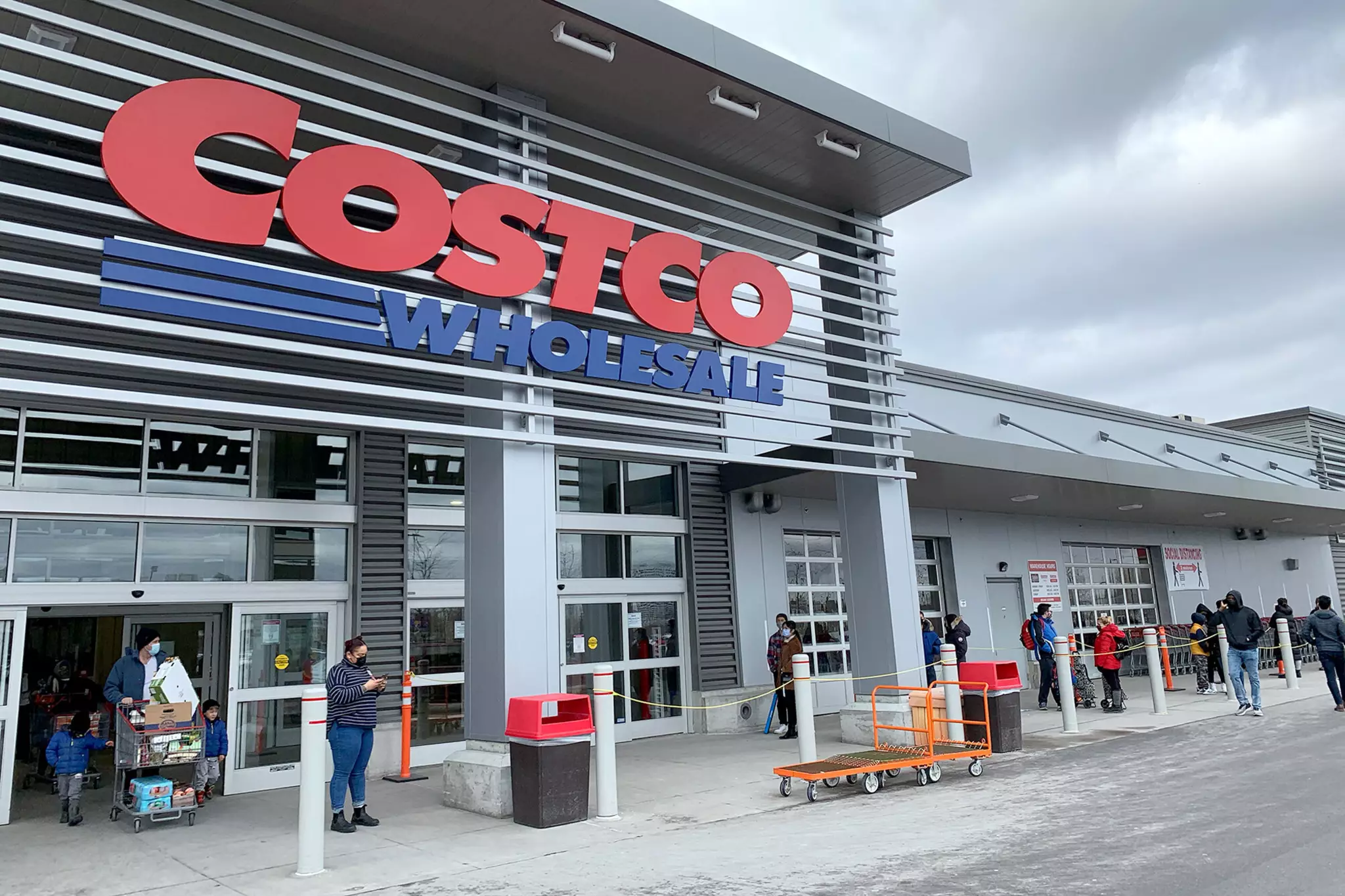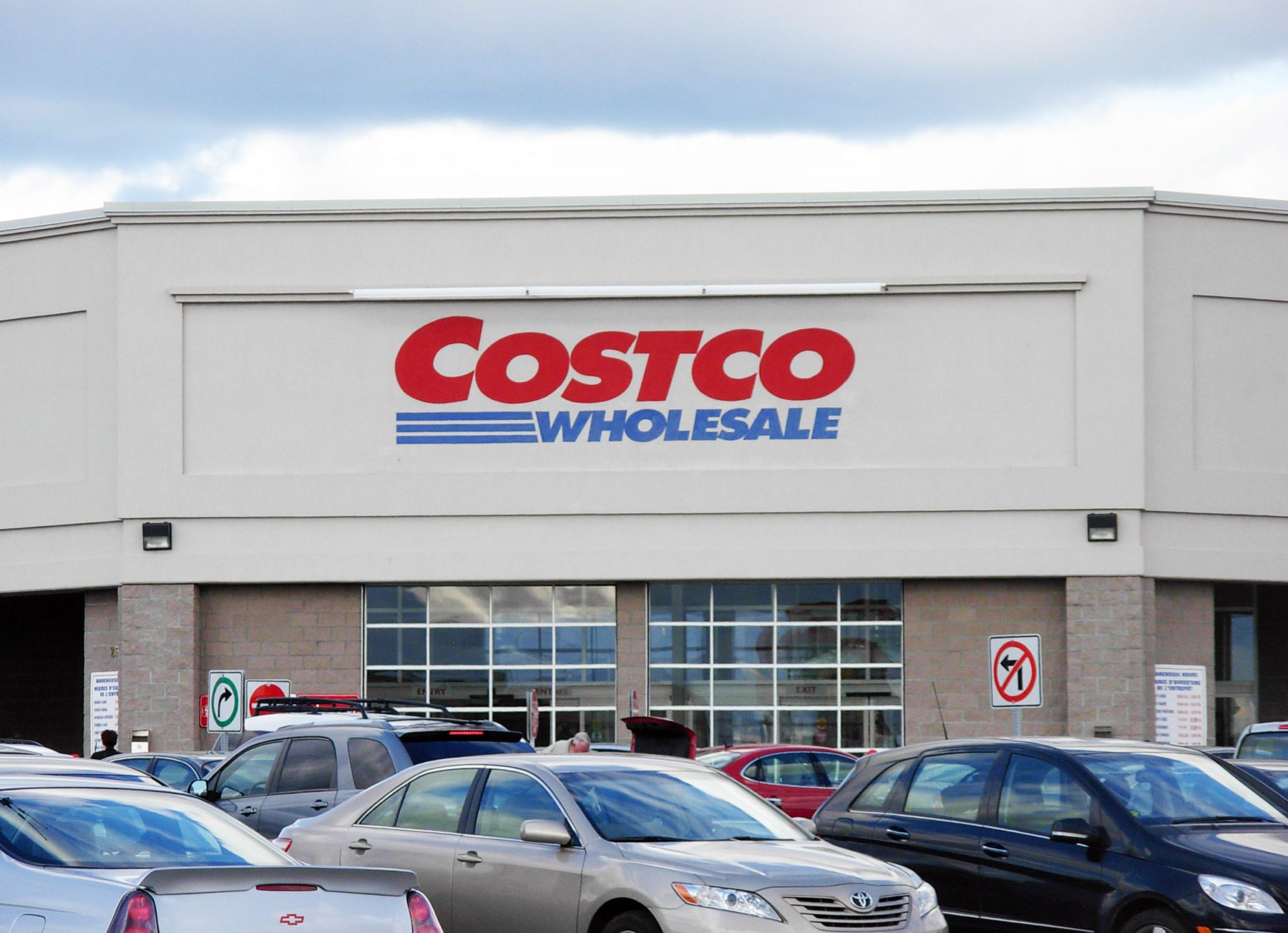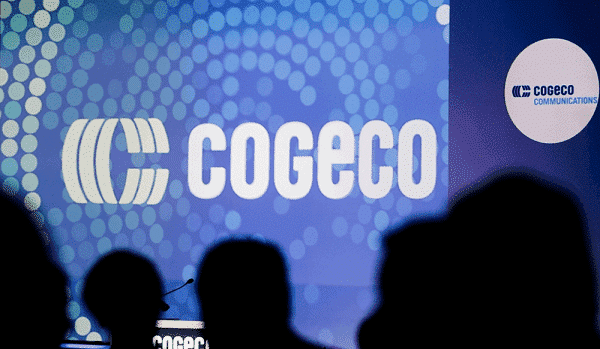
Great company, not so great stock right now.
That’s the takeaway from new research on Costco (Costco Stock Quote, Chart, News, Analysts, Financials Nasdaq:COST) by Roth MKM analyst Bill Kirk following the company’s latest results.
On December 14, COST reported its Q1, 2024 results. The company posted Net Income of $1.59-billion on Net Sales of $56.72-billion, a topline that was up 6.1 per cent over the same period last year.
Kirk says there is no doubt about Costco’s quality, but that it is currently an expensive stock.
“Costco continues to be a dominant operator,” he wrote. “A positive catalyst such as membership fee increase would be exciting ($15 special dividend announced today), but valuation seems too rich (~25x NTM EV/EBITDA or 2x Walmart and 4x Food Retail) in the face of: 1) less inflation benefits/possible deflation; 2) discretionary/big-ticket item risk; 3) competitive activity increases; and 4) less fuel margin. Costco NEXT, Costco’s third-party seller platform, is slowly growing (62 suppliers as of 4Q from 37 in March 2022) and remains intriguing.”
In a research update to clients December 14, Kirk maintained his “Neutral” rating and price target of $502.00 on COST.
The analyst thinks Costco will post EPS of $15.25 on revenue of $246.3-billion in fiscal 2024.
Kirk summarized his investment thesis on Costco.
“Costco is a best-in-class operator, with the best private label program to leverage against suppliers — a large margin opportunity,” he said. “Additionally, Costco scores in the top decile of Food Retailers (according to Yelp!) and also as the top warehouse Club concept. However, as a group (pre-COVID), the Warehouse/Club sub-segment was not enjoying the massive market share gains it did in the early 2000s. We expect group performance to be more in line with conventional retail. As channel benefits fade, we expect competitors will likely increase their promotional activity around member acquisition and spend more in store. Longer term, we see the demographics as neither exciting nor concerning: 1) slightly below-average exposure to Walmart; 2) average population growth; and 3) average competitor store closures.”





 Share
Share Tweet
Tweet Share
Share




Comment